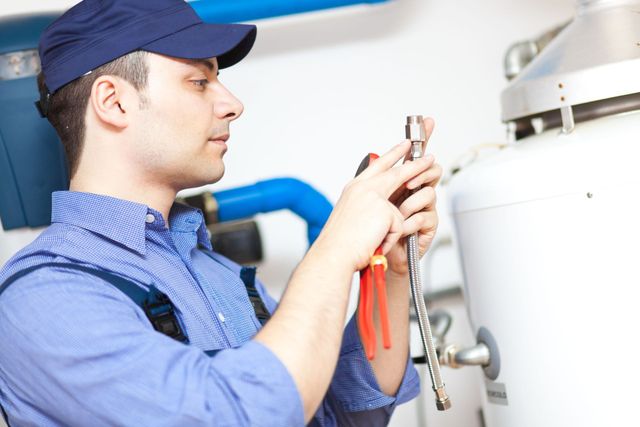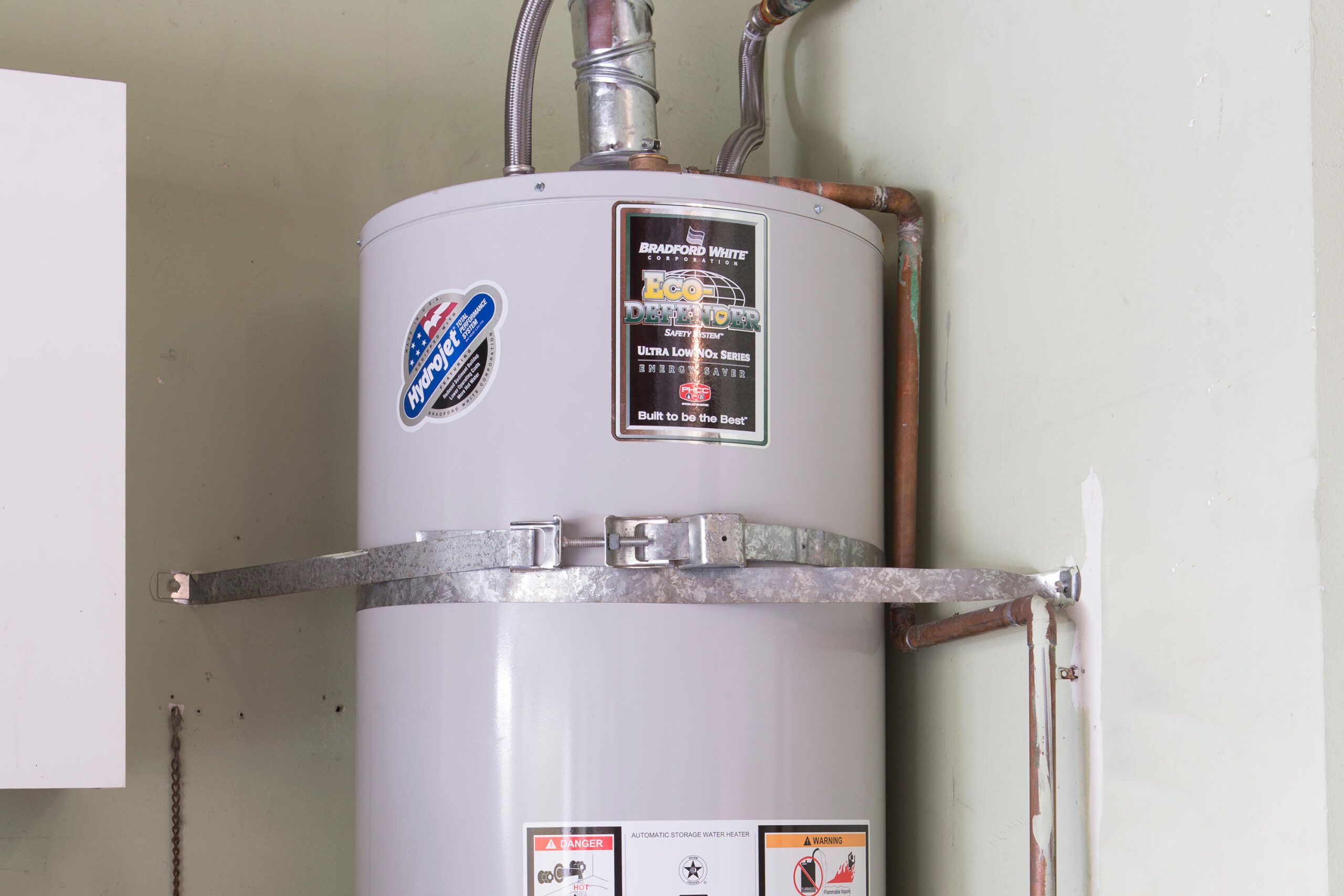Key Tips on Maintaining Your Home's Hot Water System
Key Tips on Maintaining Your Home's Hot Water System
Blog Article
We've stumbled upon this great article on How to Maintain a Hot Water Heater in a Few Simple Steps directly below on the internet and concluded it made perfect sense to relate it with you here.

Warm water is vital for day-to-day convenience, whether it's for a refreshing shower or cleaning dishes. To guarantee your hot water system runs effectively and lasts longer, regular upkeep is key. This post provides useful tips and insights on how to keep your home's warm water system to prevent disruptions and expensive fixings.
Introduction
Keeping your home's hot water system could seem complicated, however with a few basic steps, you can guarantee it runs efficiently for many years to find. This overview covers everything from comprehending your warm water system to DIY upkeep pointers and knowing when to contact specialist aid.
Importance of Preserving Your Warm Water System
Regular upkeep not just extends the life expectancy of your warm water system however additionally ensures it runs successfully. Disregarding maintenance can lead to decreased effectiveness, higher power costs, and also premature failure of the system.
Signs Your Hot Water System Needs Maintenance
Understanding when your hot water system needs interest can stop significant issues. Watch out for signs such as inconsistent water temperature, odd noises from the heater, or corroded water.
Flushing the Water Heater
Purging your hot water heater gets rid of debris build-up, boosting effectiveness and lengthening its life.
Monitoring and Changing Anode Rods
Anode rods avoid corrosion inside the tank. Inspecting and replacing them when worn out is essential.
Complex Issues Calling For Professional Help
Examples consist of major leakages, electric issues, or if your water heater is consistently underperforming.
Regular Expert Maintenance Conveniences
Expert upkeep can include thorough assessments, tune-ups, and ensuring compliance with safety and security standards.
Examining and Changing Temperature Level Setups
Readjusting the temperature level settings makes sure optimum efficiency and safety and security.
DIY Tips for Maintenance
You can execute several upkeep tasks yourself to maintain your hot water system in top problem.
Checking for Leaks
Regularly examine pipelines and links for leaks, as these can bring about water damages and higher costs.
Comprehending Your Warm Water System
Before diving right into maintenance jobs, it's handy to recognize the fundamental components of your warm water system. Commonly, this includes the hot water heater itself, pipes, anode poles, and temperature level controls.
Regular Monthly Maintenance Tasks
Routine monthly checks can help catch minor concerns before they escalate.
Testing Pressure Relief Valves
Testing the stress relief valve ensures it operates appropriately and prevents too much pressure buildup.
Shielding Pipelines
Insulating hot water pipes reduces warm loss and can conserve energy.
When to Call a Specialist
While DIY maintenance is valuable, some issues need professional expertise.
Conclusion
Regular maintenance of your home's hot water system is vital for efficiency, longevity, and price financial savings. By complying with these suggestions and understanding when to seek professional assistance, you can make certain a reliable supply of hot water without unanticipated disruptions.
How to Maintain an Instant Hot Water Heater
Before tinkering with your hot water heater, make sure that it’s not powered on. You also have to turn off the main circuit breaker and shut off the main gas line to prevent accidents. Also turn off the water valves connected to your unit to prevent water from flowing into and out of the appliance. 2. When you’re done, you have to detach the purge valves’ caps. These look like the letter “T†and are situated on either side of the water valves. Doing so will release any pressure that has accumulated inside the valves while at the same time avoid hot water from shooting out and burning your skin. 3. When the purge valves’ caps are removed, you have to connect your hosing lines to the valves. Your unit should have come with three hoses but if it didn’t, you can purchase these things from any hardware or home repair shops. You can also get them from retail stores that sell water heating systems. Read the user’s manual and follow it to complete this task properly. When the hosing lines are connected, open the purge port’s valves. 4. You should never use harsh chemical cleaners or solutions when cleaning your unit. Make use of white vinegar instead. It should be undiluted and you’ll probably use about 2 gallons. 5. Now flush your water heater. This task should probably take about 40 minutes. We can’t give you specific directions for this because the procedure is carried out depending on the type, model and brand of your heater. With that being said, refer to the user’s manual. 6. When you’re done draining the unit, you have to turn off the purge port valves again. Remove the hosing lines that you earlier installed on each of the water valves. Put the valve caps (purge port) back in their respective places and be very careful so as not to damage the rubber discs that are found inside these caps. 7. Now that everything’s back in place, check your user’s manual again to find out how to reactivate your water heating system. 8. Once it is working, turn one of your hot water faucets on just to let air pass through the heater’s water supply pipes. Leave the tap on until water flows smoothly out of it. https://www.orrplumbing.com/blog/2014/september/how-to-maintain-an-instant-hot-water-heater/

As a reader about Tips For Maintaining Your Hot Water Heater, I was thinking sharing that excerpt was a great idea. Please take a moment to share this blog entry if you liked it. Thanks for going through it.
Call Today Report this page